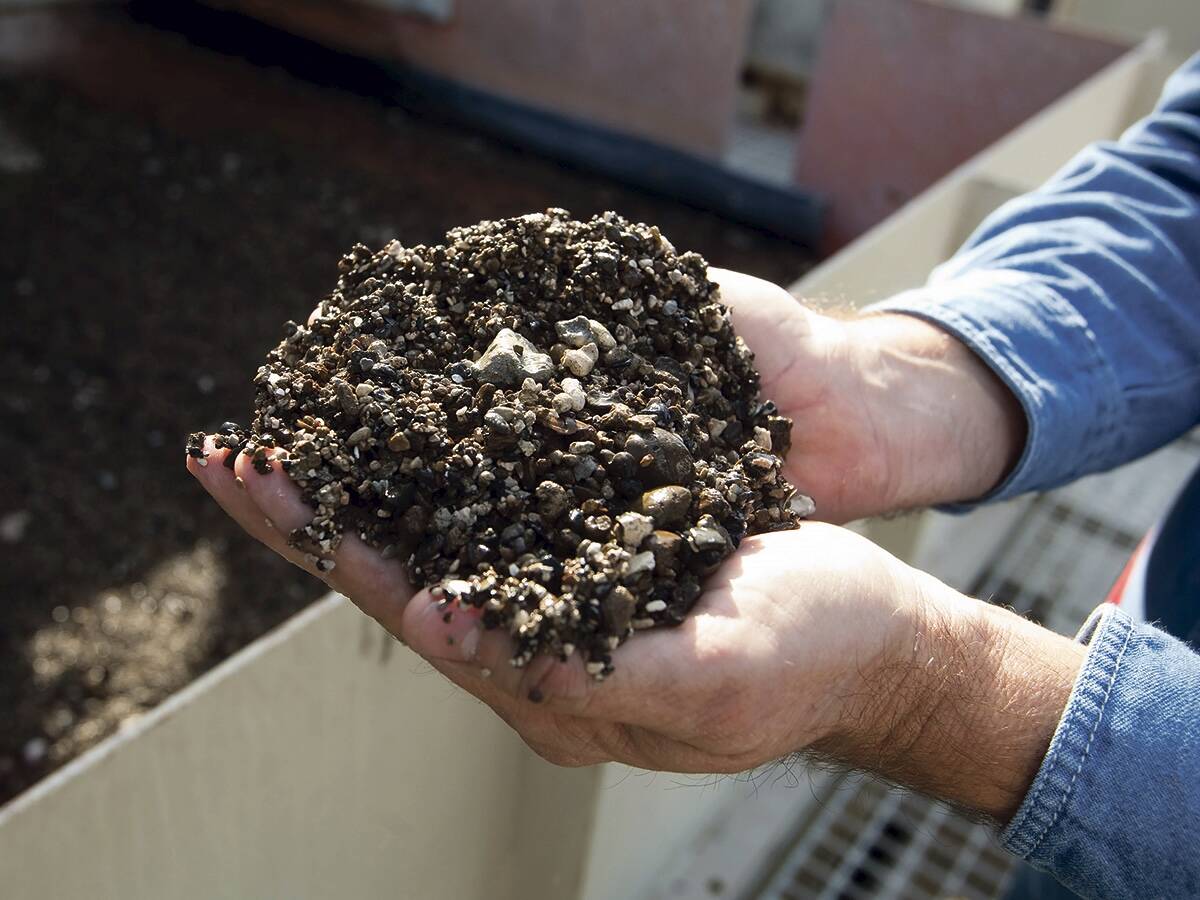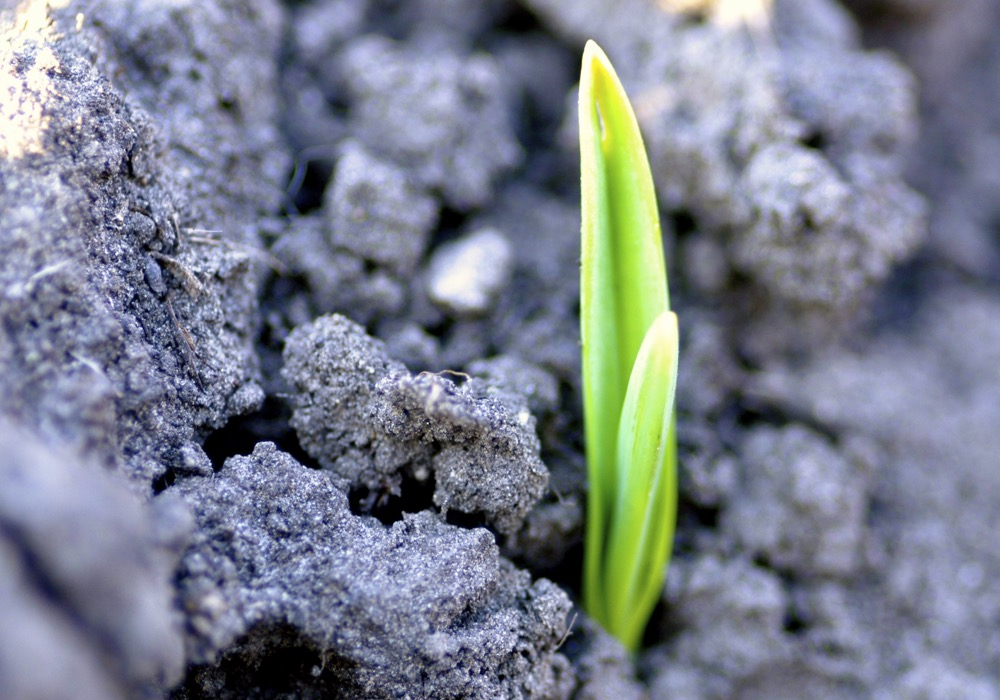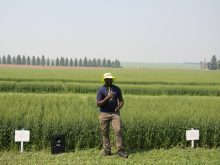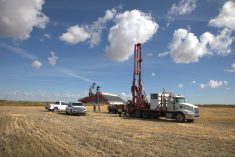It most certainly is not your average table talk, but I like to get folks engaged in discussions about agriculture. It is always exciting to share the basics like food, soil, water and manure (or organic carbon if the audience is a bit sensitive).
If the inclusion of manure seems like a typo, I assure you it is not. As a long-term advocate for animal agriculture as part of a balanced ecosystem, I believe that manure from animals and birds and the green manure from plants not only adds nutrients to the soil, but shapes it. Manure helps retain moisture, build organic matter, sequester carbon, and is more readily available for the plant.
In our history here in Canada and around the world, the distribution of manure was a natural occurrence through roaming herds and the nomadic movement of people. As herds and flocks of a multitude of species from bison, camels, sheep, goats, birds and zebras moved across an area, they left behind the nutrients to feed it for the following year.
Read Also

Calgary based ag-tech company signs partnership to bring next-generation micronized elemental sulphur technology to the UAE
Sultech Global signed an agreement with ADNOC Sour Gas to bring micronized elemental sulphur to the UAE.
The division of land and the housing of animals was not detrimental to the distribution of manure, but the delivery shifted from the source to the farmer who had to haul it onto the land. And as manure is largely water, this is an expensive endeavour which requires careful management.
Intensive agriculture grew to feed populations, and that required a large land base for nutrient distribution. At the same time, demand exploded, placing extra stress on land where organic manure was not available. And thus came the creation and introduction of commercial fertilizer.
Commercial fertilizer is a mined product made up of nitrogen from natural gas, phosphorous from phosphate rock and potassium from potash ore. At first glance it would seem reasonable to continue along this vein as Canada has the world’s largest potash reserve and an abundance of natural gas. Phosphate reserves are dominant in Morocco and China, which provide shipments to Canada.

Manure, however, has the properties of all three – nitrogen, phosphorous and potassium. In addition, it contains decent levels of iron, sulfur, calcium, copper, zinc, boron and magnesium. It is nature’s all-in-one solution to plant nutrition.
And now it is traded in a dry form by the tonne.
India has taken to exporting cow patties and ground manure which is an important new market for local farmers. The manure is dried and formed into a giant patty and like any instant cereal — you just add water! Or, the manure is dried and ground into a powder. Both are easy to apply and especially attractive to crops that need to be grown in well-drained soil. Currently the product is shipped to Gulf nations who are turning desert lands in high production farms using a combination of scrubbed sea water and nutrients.
The output on desert farms is extraordinary, but it lacks one key component and that is the quick building of the soil. Adding manure helps create tilth and allows for a broader variety of foods to be grown.
India has the largest cattle population in the world and an estimated daily output of 30 million tonnes of manure a day. Five million of those cattle are stray and are considered sacred, left to drift in the heavily populated cities and towns. However, there is a growing desire to collect manure as a business across the nation. Even if the animal itself is not used for food, the by-product can be used in the production of other edibles.
There are advanced systems in place that use belt drying, rotary drums, maxi drum and solar drying which allows for the manure to be sold in pelleted, patty or ground form. In Europe, many of these systems are on farm, so the production of transportable manure volume is still relatively small. Research in Alberta has also been successful on a smaller scale in capturing the nutrients in fluids and larger farming operations are capturing the gases to create energy.
The technology to dry manure while maintaining the nutrient profile is working. What is needed now is the ability to scale up on the concepts to make dried product nutrients available in our country and worldwide. For Canadian farmers, that also translates into defining the regulations for the production of manure for sale. In addition, we are in the infancy of developing the transportation systems for a biological product. More research is desperately required.
This will, of course, be done. At some point the demand for commercial fertilizer will outstrip the supply, the shipping will be interrupted or the costs will become too great. The pressure from the current population growth places heavy production demand on the land. We need a robust and complete solution that is beneficial for the soil, the environment and the farmer.
From a local value add to a global export market and in every food production system on earth, manure is the next greenback and soon to be more precious than gold.
















